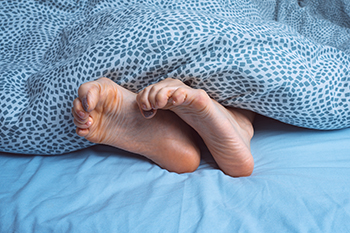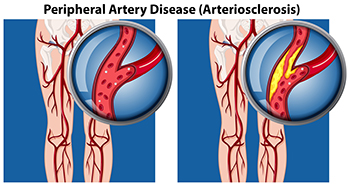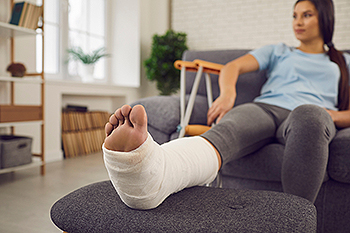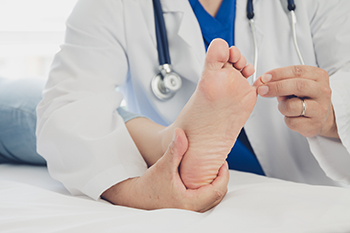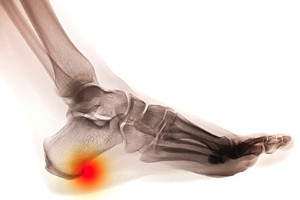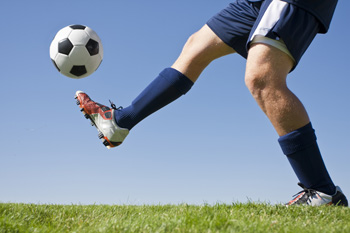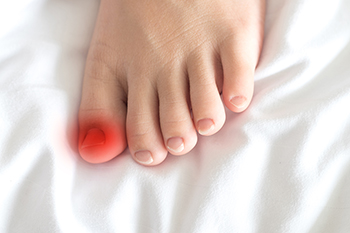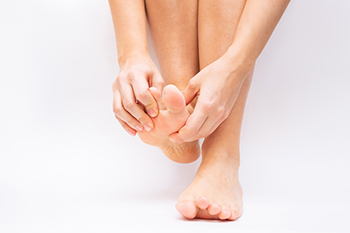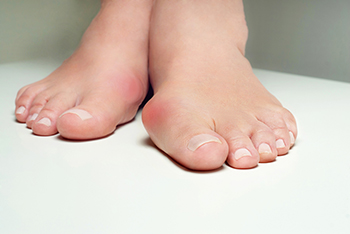
Bunions, also known as hallux valgus, are a common and often misunderstood foot deformity. While they may appear as a bump on the side of the big toe, they involve changes in the bone structure. The big toe leans towards the second toe, causing misalignment and the formation of the visible bump. Bunions are progressive and develop over time. Symptoms may include pain, inflammation, burning, and even numbness, especially when wearing tight shoes or high heels. Women are more prone to symptoms due to footwear choices. While shoes do not cause bunions, they can exacerbate the condition. Bunions can be caused by an inherited faulty foot structure, making some people more susceptible. Diagnosis involves a physical examination and X-rays to assess the deformity's extent. Treatment options include changes in footwear, padding, activity modification, medication, injections, and custom orthotic devices. Surgery may be necessary when non-surgical treatments fail to alleviate pain and interfere with daily activities. Various surgical procedures aim to correct the deformity and reduce pain. The choice of surgery depends on factors like the extent of deformity, age, and activity level. If you have a painful bunion, it is suggested that you schedule an appointment with a podiatrist to see how they can help you.
If you are suffering from bunion pain, contact one of our podiatrists of Biebel & DeCotiis Podiatry Associates. Our doctors can provide the care you need to keep you pain-free and on your feet.
What Is a Bunion?
Bunions are painful bony bumps that usually develop on the inside of the foot at the joint of the big toe. As the deformity increases over time, it may become painful to walk and wear shoes. Women are more likely to exacerbate existing bunions since they often wear tight, narrow shoes that shift their toes together. Bunion pain can be relieved by wearing wider shoes with enough room for the toes.
Causes
- Genetics – some people inherit feet that are more prone to bunion development
- Inflammatory Conditions - rheumatoid arthritis and polio may cause bunion development
Symptoms
- Redness and inflammation
- Pain and tenderness
- Callus or corns on the bump
- Restricted motion in the big toe
In order to diagnose your bunion, your podiatrist may ask about your medical history, symptoms, and general health. Your doctor might also order an x-ray to take a closer look at your feet. Nonsurgical treatment options include orthotics, padding, icing, changes in footwear, and medication. If nonsurgical treatments don’t alleviate your bunion pain, surgery may be necessary.
If you have any questions, please feel free to contact one of our offices located in Holmdel and Middletown, NJ . We offer the newest diagnostic and treatment technologies for all your foot care needs.
